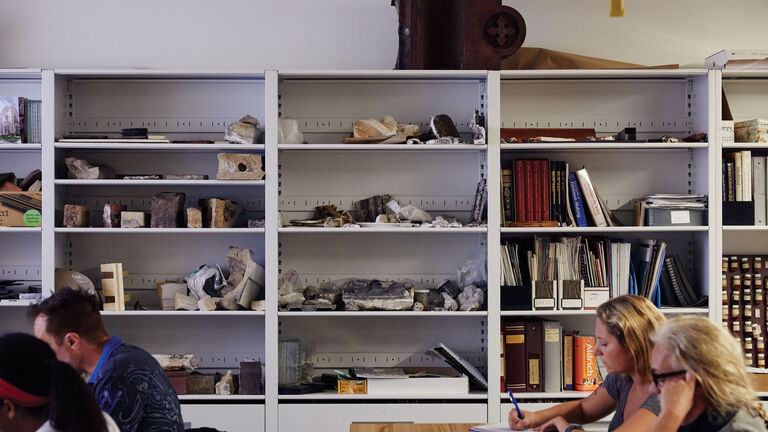
Projects
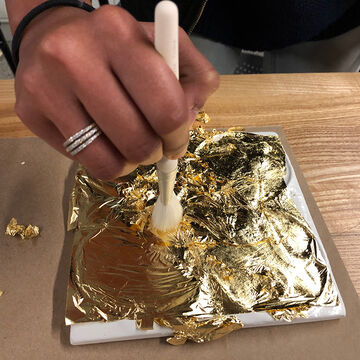
Decorative Guilding
SAIC’s Historic Preservation Department hosted a hands-on workshop on decorative gilding. The session, which took place in SAIC’s 15th floor lab classroom at 116 South Michigan Avenue, was sponsored by the Association for Preservation Technology––Western Great Lakes Chapter. Participants traveled to Chicago's historic Auditorium Theater to see gilding in situ, followed by a hands-on session led by artisans from EverGreene Architectural Arts. Attendees included current SAIC students, faculty, alumni, and practicing preservation professionals.
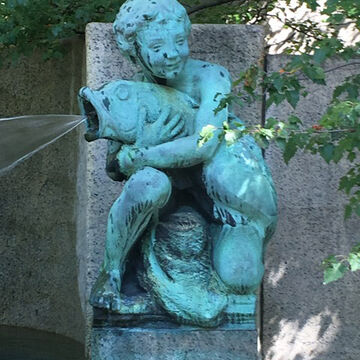
The Fountain of the Great Lakes
The Historic Preservation Department’s Physical Documentation class selected an Art Institute of Chicago masterpiece, Lorado Taft’s Fountain of the Great Lakes, as its subject. The work, commissioned by the Benjamin Ferguson Fund, dates from 1907-1913 and shows five allegorical female figures representing the Great Lakes. Beginning with Superior at the top and ending with Ontario at the base, water is poured from successive shells, mirroring the flow found in nature. The base was designed by Boston architects Shepley, Rutan and Coolidge in 1913. The work originally faced south, but was relocated and reoriented in 1963 during the construction of the Morton Wing and its Modernist park by renowned landscape architect Dan Kiley.
Taft, who was once a professor of sculpture at SAIC, developed the design from a work executed with his students in 1902 entitled The Spirit of the Great Lakes. The students’ documentation work, which includes photographs, sketches, field notes, and precise measured drawings, will be submitted to the Historic American Buildings Survey for inclusion into the Library of Congress.
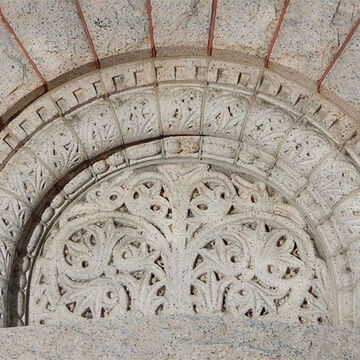
Look But Don't Touch
The Historic Preservation department, along with our partners, the Association for Preservation Technology Western Great Lakes Chapter (APT WGLC), the Glessner House Museum, and the American Institute of Architects Historic Resources Committee (AIA HRC) sponsored a workshop on non-destructive evaluation of historic buildings. The two-day workshop was entitled “Look But Don’t Touch: Non-Destructive Evaluation (NDE) of Historic Buildings – Fundamentals and Real World Applications” and focused on the practical use of technology when investigating building construction and pathology. Several topics were discussed and demonstrated, including Ground Penetrating Radar, Infrared Thermal Imaging, Ultrasonic and Magnetic Testing, Laser Scanning, Photo Documentation, and Backscatter X-ray Imaging. Faculty member Charlie Pipal noted, “It’s important to expose our students to current technology, as they will be the problem solvers who will need these tools in the future. It’s also a benefit to have practicing professionals on board, as we can learn from their experiences.”
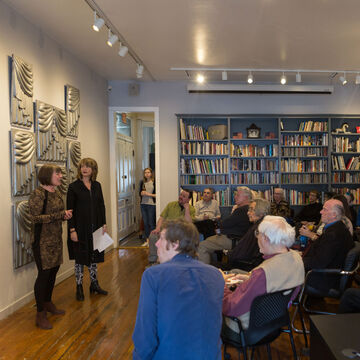
Roger Brown Study Collection Window Assessment
The Roger Brown Study Collection is housed in an 1889 two-story brick storefront building on North Halsted Street in Chicago’s Lincoln Park neighborhood. The building’s most notable resident, the late twentieth-century artist Roger Brown, bought the building in 1974 and lived and worked there until his death in 1997. The building is currently owned by the School of the Art Institute of Chicago and today houses the Roger Brown Study Collection which maintains and interprets the artist’s work and Brown’s own collection of outsider art. A National Register of Historic Places status is currently being pursued for the structure, focusing on Roger Brown’s significant role in the development of late twentieth century American art.
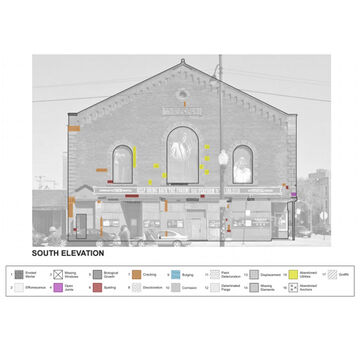
The Forum
The Forum is located on the northwest corner of the intersection of East 43rd street and South Calumet Avenue in the the Bronzeville neighborhood of Chicago. Constructed in 1889 the large ballroom and offices above served a variety of functions focused on both the arts as well as other cultural and social institutions throughout its history. Constructed before the major influx of African Americans to the area its uses changed to adapt to the larger Bronzeville area that would come to be known as “Black Metropolis”.
The hall became a scene in the early days of both Jazz and Blues music. It served the community as a dance hall hosting both dance classes as well as serving as a meeting hall for both early labor and civil rights groups. The Building as well as the area began to decline by the 1970’s and as the ballroom fell out of use so did the buildings began to deteriorate. What was once part of a small hub of local business became has become a hollow shell of its former glory.
After standing vacant for almost four decades the building was purchased by Bernard Loyd and Urban Juncture. Their goal is to restore the Forum to its original function as a hall to help serve the cultural and social needs of its community. The most formidable obstacle in the way of the this is the current physical state of the building. The almost 40 years of neglect have taken its toll on the building both on its exterior as well as its interior structure.
The once vibrant space has decayed almost to the point that the only way to see what it used to be is to close your eyes. Bernard Lloyd and Urban Juncture are looking to change that. He and his organization are looking to make The Forum a place that both draws people to the community as well as becomes a central aspect of the area that can give the residents pride in their shared history.
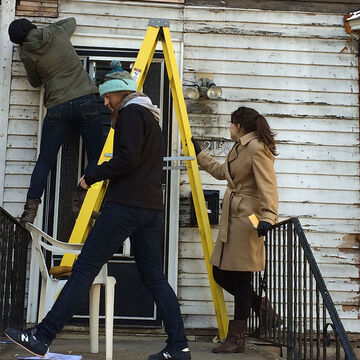
Walt Disney Birthplace Exterior Paint and Finish Analysis
The paint and finish analysis conducted by the Historic Preservation graduate students at the School of the Art Institute of Chicago was completed as an assignment for the Building Conservation course, directed by Anne Sullivan in the Fall 2014 semester. The students extracted samples from three exterior sides of the house while carefully documenting the location of the removed paint. Students then performed a microscopic analysis of the layers of paint from the exterior trim, bargeboard, and clapboard siding.
Once the paint layers and finishes were analyzed under the microscope, students matched the colors using the Munsell Color Notation System. Three color palettes were found to be historically appropriate for the exterior paint colors. The three color schemes and recommendations for paint were presented to the owners.
The goal of undertaking this paint and finish analysis was to understand color chronology for the exterior’s original front door trim and original window trim, clapboard siding, and bargeboard (trim on edge of house) and the interior. Establishing the chronology of the paint layers allowed us to make recommendations regarding appropriate paint color for the house’s period of significance in 1905. Once the colors were identified with the Muncell Color Notation System, students were able to identify appropriate paint colors from the Benjamin Moore collection and make proper color scheme recommendations.
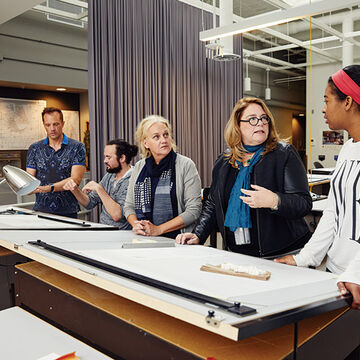
Condition Assessment: Ridge Historical Society
As part of their course HPres 6006 Building Conservation, students from the MS Historic Preservation program undertook a condition assessment of the Ridge Historical Society in the Beverly neighborhood of Chicago. The students were accompanied by professional mentors from the Association for Preservation Technology Western Great Lakes Chapter. Each student was paired with a practicing preservation architect, engineer, or conservator to review various portions of the building and grounds. A report was prepared and shared with the Ridge Historical Society Board of Directors.